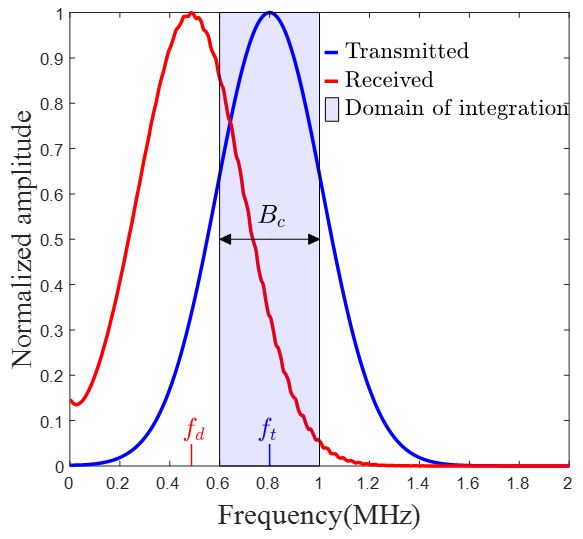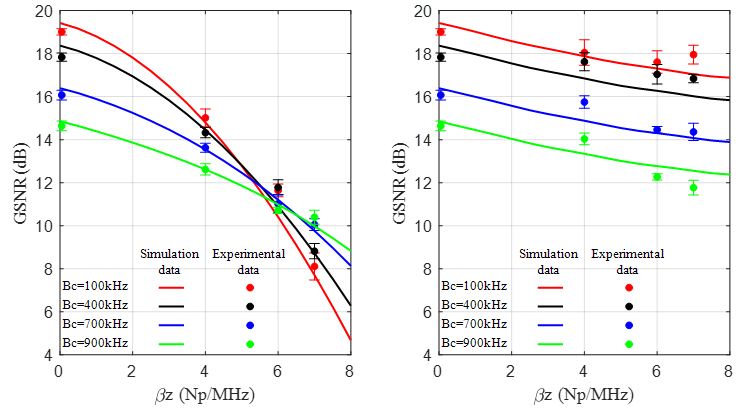Highly attenuating material may cause the signal-to-noise ratio of ultrasonic detection signal to be reduced seriously, which may affect the flaw detection ability of medium with large thickness. When the peak power of the ultrasonic equipment is limited, the axial resolution and signal-to-noise ratio of echo signal could be enhanced by using pulse compression technique with coded excitation. However, for the detection of highly attenuating material, the correlation between the echo and the emission waveform decreases due to the frequency-dependent attenuation, which leads to a negative effect on pulse compression.
In order to improve the ability of coded excitation method to detect highly attenuating medium, a method of ultrasonic coded detection based on attenuation matching was proposed by the researcher from the Institute of Acoustics of the Chinese Academy of Sciences (IACAS).
The related research results were recently published in Japanese Journal of Applied Physics.
The researchers used linear frequency modulation signal as coded excitation signal, neglecting the dispersion term of attenuation response in theoretical analysis. They assumed that the transducer response was a real symmetric Gaussian signal and the peak power of pulse compressed signal with coded excitation was expressed in the form of frequency domain integration. Because the carrier frequency of the Gaussian signal drifted to the low frequency due to the high acoustic attenuation of the medium, the center frequency of the coded excitation could be modified according to the frequency offset. As a result, the main energy after the pulse compression was concentrated near the frequency offset value to obtain a higher signal-to-noise ratio gain.
The simulation and experimental results showed that the larger medium attenuation coefficient, the higher signal-to-noise ratio gain of the coded excitation method based on attenuation matching compared with the traditional coded excitation method. At the same time, considering the axial resolution of attenuation matching, the utilization of the bandwidth of the coded signal became higher. Therefore, the proposed method had a good application prospect in the detection of highly attenuating media.
The research was supported by the Chinese Academy of Sciences Innovation Fund under Grant No. CXJJ-16Z220.

Figure 1. A sketch of the frequency offset of the transmitted signal and the received signal. Shadow is the integral region of pulse compression. (Image by IOA)

Figure 2. Signal-to-noise ratio gain curve of traditional coded excitation method (left) and attenuation matching coded excitation method (right). (Image by IOA)
Reference:
WANG Qiang, MAO Jie, LIAN Guoxuan. Ultrasonic chirp-coded excitation for highly attenuating material testing. Japanese Journal of Applied Physics 58, 086504 (2019) DOI: 10.7567/1347-4065/ab2daf.
Contact:
ZHOU Wenjia
Institute of Acoustics, Chinese Academy of Sciences, 100190 Beijing, China
E-mail: media@mail.ioa.ac.cn